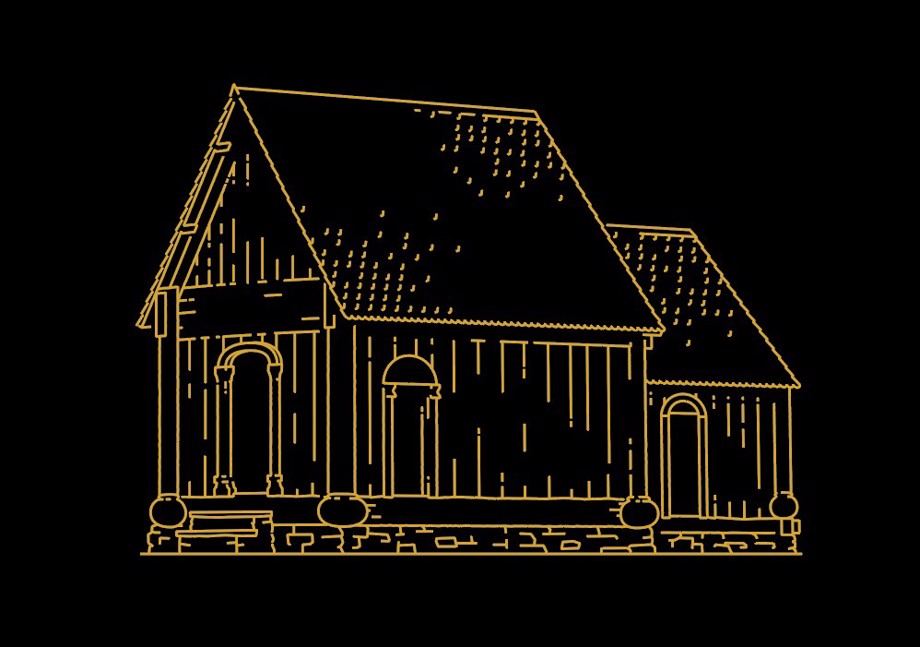Convertion to christianity
Paganism was widely accepted from the beginning of the settlement period, though some settlers were almost certainly Christian. Icelanders worshipped the old Gods with sacrifices. At the same time, the practice of Christianity was spreading in neighbouring countries.
Prior to the year 1000, various attempts at spreading Christianity to Iceland were made with varying results, but the pagan practices still held fast.
Then in the summer of 1000, a great event happened at the Alþing at Þingvellir. Chaos threatened the young society as the Parliament was split into 2 groups: pagans and Christians. Each faction had its own Law Speaker and refused to acknowledge the laws of the other side. The two Law Speakers agreed that Þorgeir Ljósvetningagoði, the pagan Law Speaker, should decide which religion all Icelanders should follow. Þorgeir hid himself away for a night and a day, then walked to the Lögberg and declared publicly that Icelanders should take up Christianity, though pagans, he said, could continue to practise their religion in secret.
Þorgeir Ljósvetningagoði's speech marked a turning point in Iceland, and Christianity started making inroads into Icelandic society without resort to weapons or bloodshed.

A drawing of Stavkirkja. This is how the first church at Þingvellir might have looked like.
Þingvellir National Park / Gagarín
Cultural influences
Christianity made it easier for foreign cultures to enter Iceland, and literature started with the teaching of reading and writing. The first church was built at Þingvellir soon after the adoption of Christianity. It's said that it was made with timber donated by the Norwegian king, who also donated a bell that was used for parliamentary sessions.
The church was probably fairly large, as the Lögrétta had to meet there when it was not possible to meet outside. Priests also used the Þingvellir church for policy meetings. In the summer of 2000, Icelanders celebrated the Millennium of Christianity with a 2-day festival at Þingvellir at which thousands of people gathered.
Shortly after Iceland had adopted Christianity King Olaf of Norway sent a bell and timber to build a church at Þingvellir, and since 1017 several churches have stood in the old assembly area, bearing the title "Church of Þingvellir." According to Grágás ("Grey Goose"), the legal code of the Commonwealth, the assembly could meet in the church during bad weather. The Alþing was inaugurated with a church service, a custom that continues to this day. Synods were also held in the church until 1799.

The church at Þingvellir, which now stands at the site, was built in 1859.
Þingvellir National Park
Present church
The present church at Þingvellir was consecrated in 1859, and in 1907 the spire was rebuilt and altered. There are three bells in the spire, one of them ancient, another donated by bishop Jón Vídalín when he was ordained in 1698, and a third that was made to "ring in" independence in 1944.
Among the treasures in the church are a pulpit dating from 1683 and an altarpiece painted by local farmer Ófeigur Jónsson in 1834. The church acquired another altarpiece by the Danish painter Anker Lund in 1896, and both altarpieces are used. The baptismal font was designed by a local farmer, Guðmann Ólafsson, in 1962.